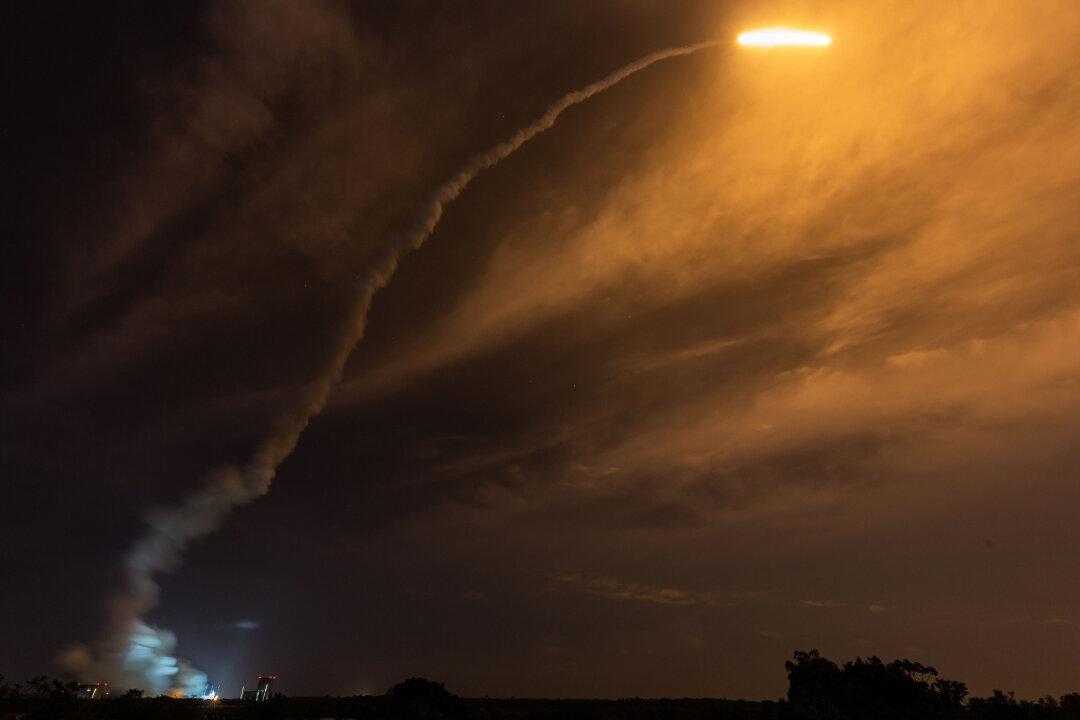The little planet that’s had so little attention will finally get a little more acknowledgement—in seven years. A spacecraft, about the size of a moving-truck, is cruising through the darkness of space toward Mercury, the closest planet to the sun.
Unlike past missions, this one is a combination of several spacecraft packed together in a bundle. The entire bundle is called BepiColombo. The European Space Agency and the Japan Aerospace Exploration Agency each contributed one exploratory spacecraft.





